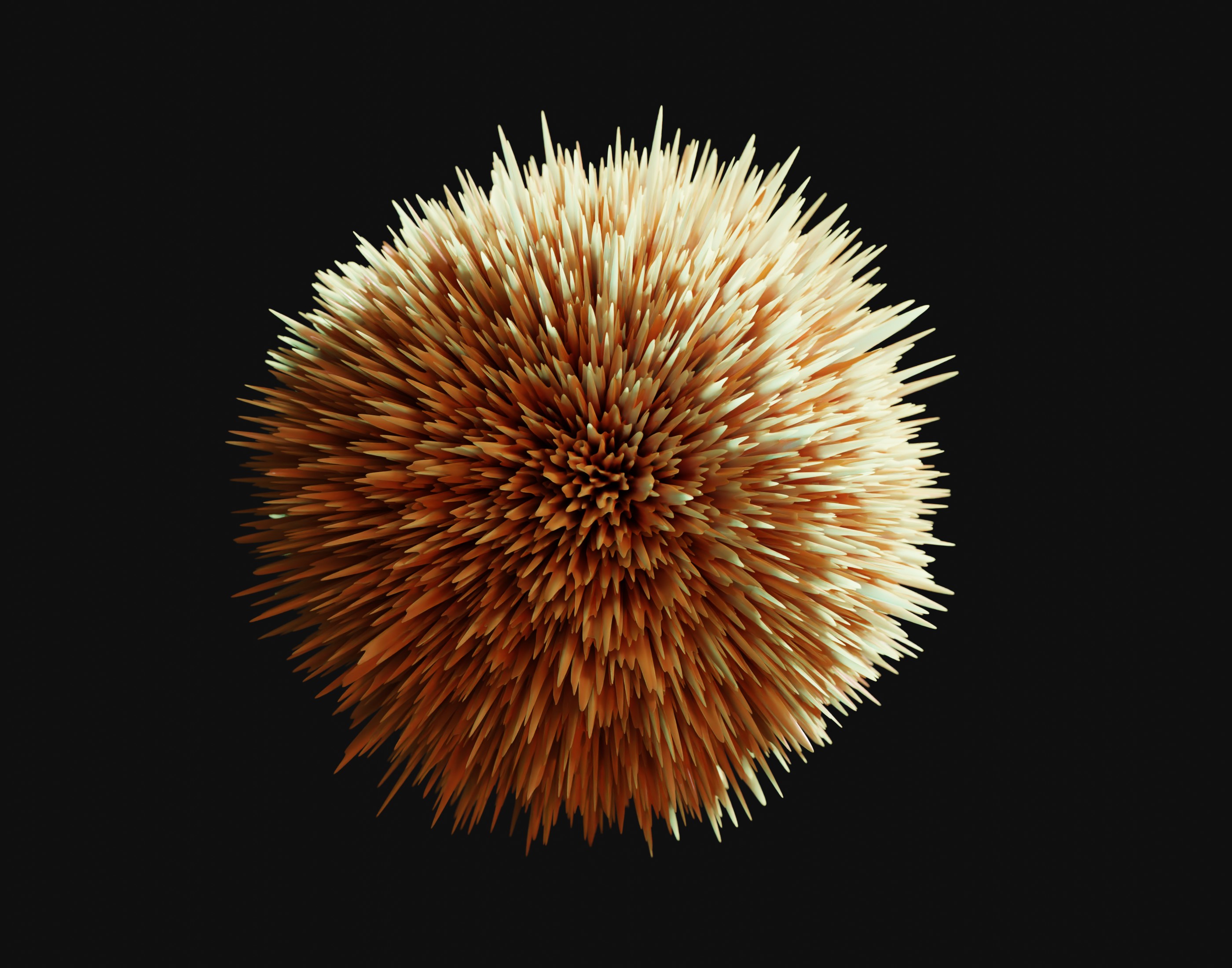We often get asked if we treat ADHD… the answer requires an explanation.
ADHD is a type of neurodivergence, which means that ADHD brains are different than typical brains. Now can you go and “re-jig” them with ADHD treatment so that they look and function exactly like the typical brain? No. You can make that ADHD individual adaptive in their environment and be able to pull from some of the positives of the disorder like hyper-focus which in the right situation can be cool and mitigate the not-so-fun aspects of the disorder like challenges with organization and time management.
This is where ShiftGrit excels. A few main reasons are that you need to apply some strategies to help you mitigate those negative areas. The problem with that is if we have a poor belief in self or we’ve been told over and over that we are not good at that or not capable then we may not even try. So there is often a certain amount of learned helplessness that is common in individuals with an ADHD diagnosis. Particularly if they have struggled through a school system which is not a great fit for the way they take in information or learn.
There will be some non-nurturing elements, early experiences that were traumatic in some way, didn’t let that kid know that they are special, able and capable and not a failure. Then we get the formation of these limiting beliefs. These become a lens through which they see the experiences of their lives. Is it from the perspective of not being capable or not being able to do something? Is it I’m not good enough and I’m going to be a failure? I need to be successful but I can’t?
So, what we want to do is go and identify any of the limiting beliefs that are stopping people from applying the strategies to get their life structured in the way they need to adequately accommodate their neurodivergent brain.
How is ADHD diagnosed in Adulthood?
In adulthood, ADHD is most commonly diagnosed by physicians, psychiatrists or clinical psychologists but more and more we see individuals taking online ADHD assessments and self-diagnosing. This can be confusing because ADHD treatment is complex. “How do I know if I have ADHD?” is becoming an increasingly common inquiry.
The inability to focus, ease of distractibility, impulsive decisions, high energy levels, impatience, low frustration tolerance and anger, disorganization and forgetfulness have to interact in a manner that causes significant impediments and difficulties in life. They are also generally present in more than one life context. This means that frequently misplacing your car keys and also being impatient with your teenage daughter’s messiness, would not meet the criteria for ADHD. Nor would being disorganized only at work, when your work situation leaves you bored and burnt out.
ADHD is a neurodevelopment disorder which means, though it is often not diagnosed until adulthood, its symptoms are present in childhood. A thorough history can help to determine this.

Here are some reasons ADHD diagnosis is more complex than most generic, online ADHD assessments can encompass:
- Symptoms should be present in more than one environment. This helps to establish that symptoms are due to neurological causes, rather than environmental causes.
- Symptoms have to cause a significant amount of distress or impede functioning. Forgetting reusable grocery bags in your trunk once in a while is a far cry from consistently forgetting instructions in school or the content of conversations regularly. That said, it is important to note that many individuals who are not diagnosed until adulthood have developed strategies to help manage or mask symptoms.

What are the subtypes of ADHD?
ADHD comes in an inattentive type, a hyperactive-impulsive type and a combined type. As it implies, the key feature of each is contained in its label. That said, it is important to note the lines between each type are often diffuse and each type can include an inability to focus, ease of distractibility, impulsive decisions, high energy levels, impatience, low frustration tolerance and anger, disorganization and forgetfulness.
How to spot ADHD in a Child?
In childhood, mental health professionals, parents and the school or childcare setting often have a role in establishing a diagnosis for ADHD in children. Formal assessments exist for children, and these are often administered in order to diagnose. Separate formal assessments exist for adult populations. These assessments are available through schools, private psychological institutions, as well as hospitals and public agencies. The costs and coverage for such assessments vary significantly.
The use of the diagnosis should be examined in part because of this fact, to ensure that a formal diagnosis is going to trigger treatment actions, rather than be used as an inert label or kept on a bookshelf. For example, one of our clients was seeking a formal diagnosis of his ADHD, a hyperactive type, in order to access academic accommodations at a post-secondary institution. In this scenario, a formal assessment was useful for the client.

Does ADHD cause substance abuse problems?
ADHD is not known to cause substance abuse issues but it is true that higher rates of substance abuse disorders exist in ADHD populations. This could be due to lower frustration tolerance, increased interest in high stimulus activities, greater susceptibility to boredom, more impulsivity or neurological features.
Where ADHD and substance use issues exist together, treatment is most effective when it addresses both concerns.


How do I help get someone I care about into therapy?
We always want to encourage people to make their own choice about whether they are ready to start therapy or not. Having a conversation with people can be really helpful, though, especially when it takes the form of information or personal experience sharing, rather than “you should” or judgment. And, if someone you care about is suffering from ADHD sometimes the best thing you can do for them is let them know you see them and they aren’t alone.
the ShiftGrit Core Method is designed to address the Limiting Beliefs often held by individuals with ADHD, offering a structure to revamp their cognitive constructs. Through the exposure element of the protocol, individuals are given the opportunity to face their beliefs directly within a secure setting, amplifying their understanding of the thought processes and actions that reinforce these beliefs.
In the integration phase of the ShiftGrit Core Method, the individuals, guided by their therapists, question these beliefs and substitute them with more positive and adaptive ones. The protocol guides them to identify and embrace their unique capabilities and strengths, rather than centering their attention solely on their ADHD symptoms. For example, they may start seeing their hyperactivity as a sign of vitality and inventiveness, or their impulsivity as a reflection of spontaneity and unique thought process. Such a shift in cognition can potentially enhance their self-esteem and cultivate superior coping strategies.
